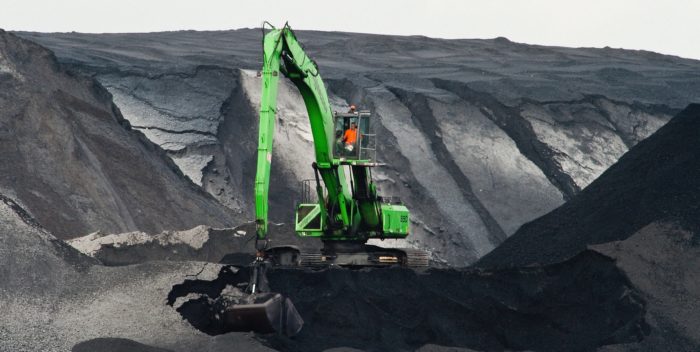Originally published in The Casper Star Tribune
By Dave Dodson
This week’s announcement of the Cloud Peak Energy bankruptcy brought me back eleven years ago to when I visited the Appalachia region where my grandfather and great-uncle once mined the coal that fueled America’s industrial expansion. In much the same way that today our energy needs are shifting, years earlier America shifted its energy appetite from the anthracite coal of my father’s mines to bituminous coal, and I wanted to learn what became of the schools, main streets, playgrounds and hospitals after the coal mines were gone.
What I saw was not dissimilar to what I witnessed when I visited Jeffrey City during my U.S. Senate campaign. Jeffery City boomed after the discovery of uranium, but today its empty streets are populated by pronghorn. Grass grows up through the tarmac, and “no trespassing” is painted on the sides of abandoned buildings. Whether it’s coal or uranium, the mineral is where it is. That means communities are built around the mine, not the other way around. It also means when the mine closes, in most cases the community goes with it.
When Westmoreland Coal Company filed for bankruptcy late last year, I thought back to my trip to Appalachia and how the coal that came out of my grandfather’s mine helped forge steel to make the skyscrapers and automobiles that benefited all of America. But then our energy needs changed and the towns were discarded along with the mines.
No politician can alter the laws of economics. In President Trump’s first year in office, 14.3 gigawatts of coal-powered electricity was retired — twice that of the year prior. An additional 23 gigawatts are currently already approved for retirement over the next five years. Natural gas and renewables have cost and operational advantages that are hard to beat. Trump can’t change that. But unlike when my grandfather’s mines were shut down, we do have a choice on how we treat our mining communities after the coal mines are gone.
For years the American Miners Pension Act (a bill I have publicly supported), struggled for survival in Congress. It’s a modest piece of legislation that would use already-collected mining industry taxes to restore the financially collapsing pension program that covers about 112,000 retired and soon-to-retire coal miners. Today, three similar bills now stand before Congress. The American Miners Act (S. 27), The Miners Pension Protection Act of 2019 (HR 935) and The Health Benefits for Miners Act of 2019 (HR 934) are intended only to protect what was promised to our miners after they risked their health and life to keep the lights on across America. Cloud Peak’s bankruptcy only heightens the need to protect our miners.
Yet despite Democratic support, Senate leadership and House Republicans oppose these bills — even our own Wyoming delegation. They warn us that supporting the agreements made to our nations’ miners will unnecessarily add to the deficit. But the families of Kemmerer remember how these same lawmakers had no qualms passing a tax bill that gave $1.5 trillion in cuts to the top 1 percent. The mothers and fathers of Diamondville no doubt remember how our lawmakers bailed out Wall Street in 2008, and then allowed them to use taxpayer money to pay executives $1.6 billion in personal bonuses. In today’s Washington there is a difference between an ordinary voter and a wealthy donor. One set of rules for an investment banker, another for a coal miner.
As we once again move away from one source of energy in favor of another, let’s not also abandon the people who’ve made our privileged lives possible. We can’t forget that for decades the mines of Lincoln County and the Powder River Basin have kept us warm at night. If Congress believes the richest among us deserve tax breaks and million-dollar bonuses, then surely, we have the means to keep the promises we’ve made to those who actually power our country.

